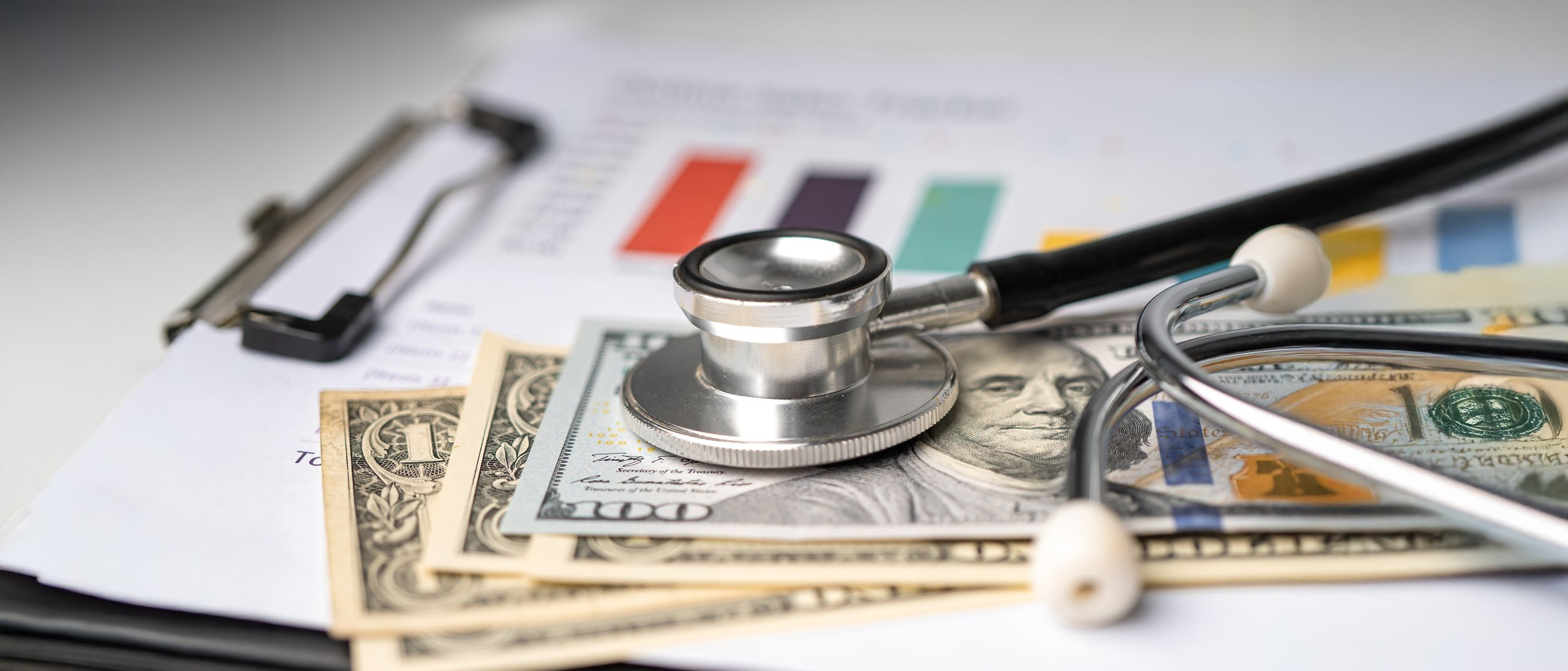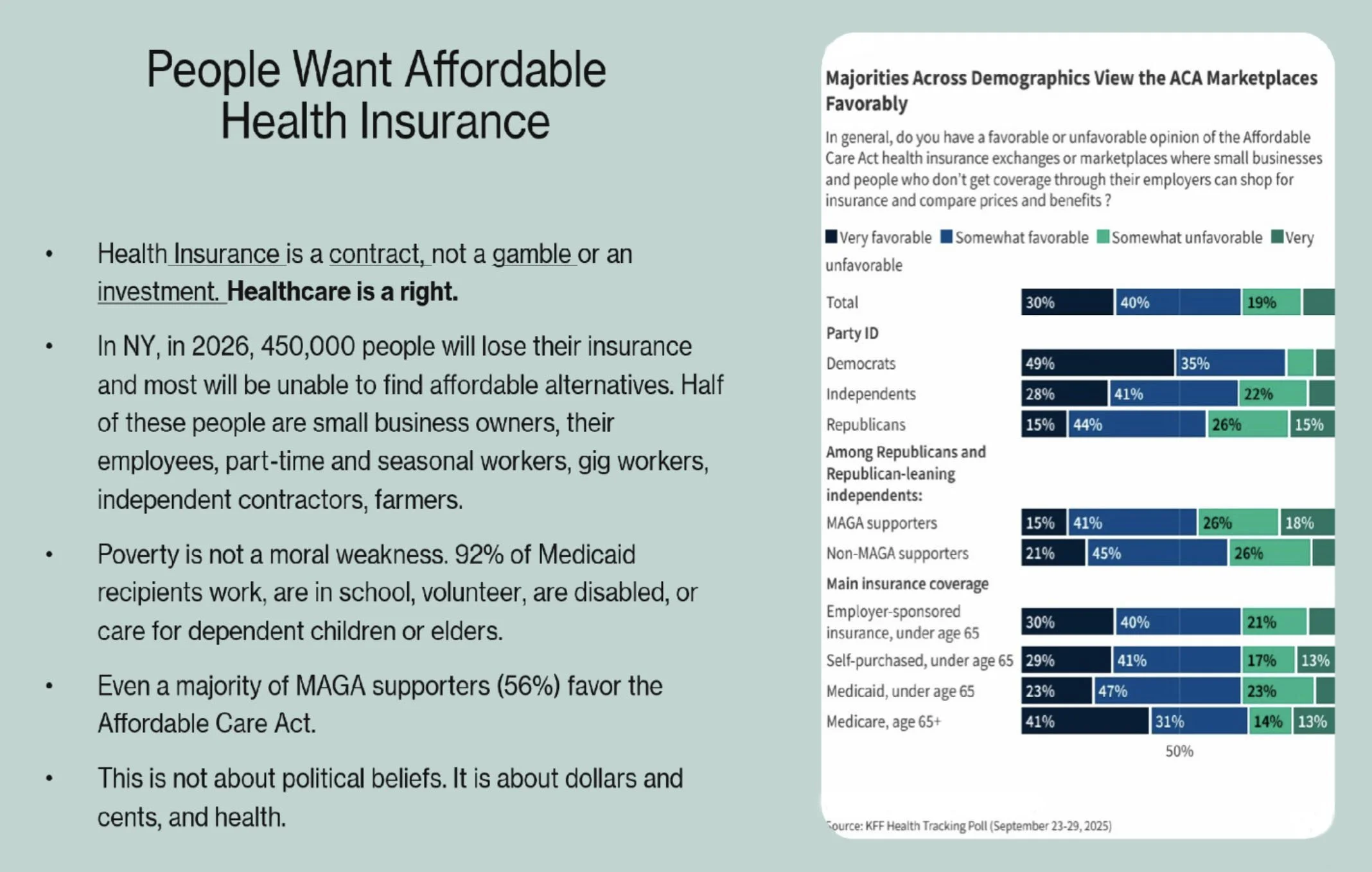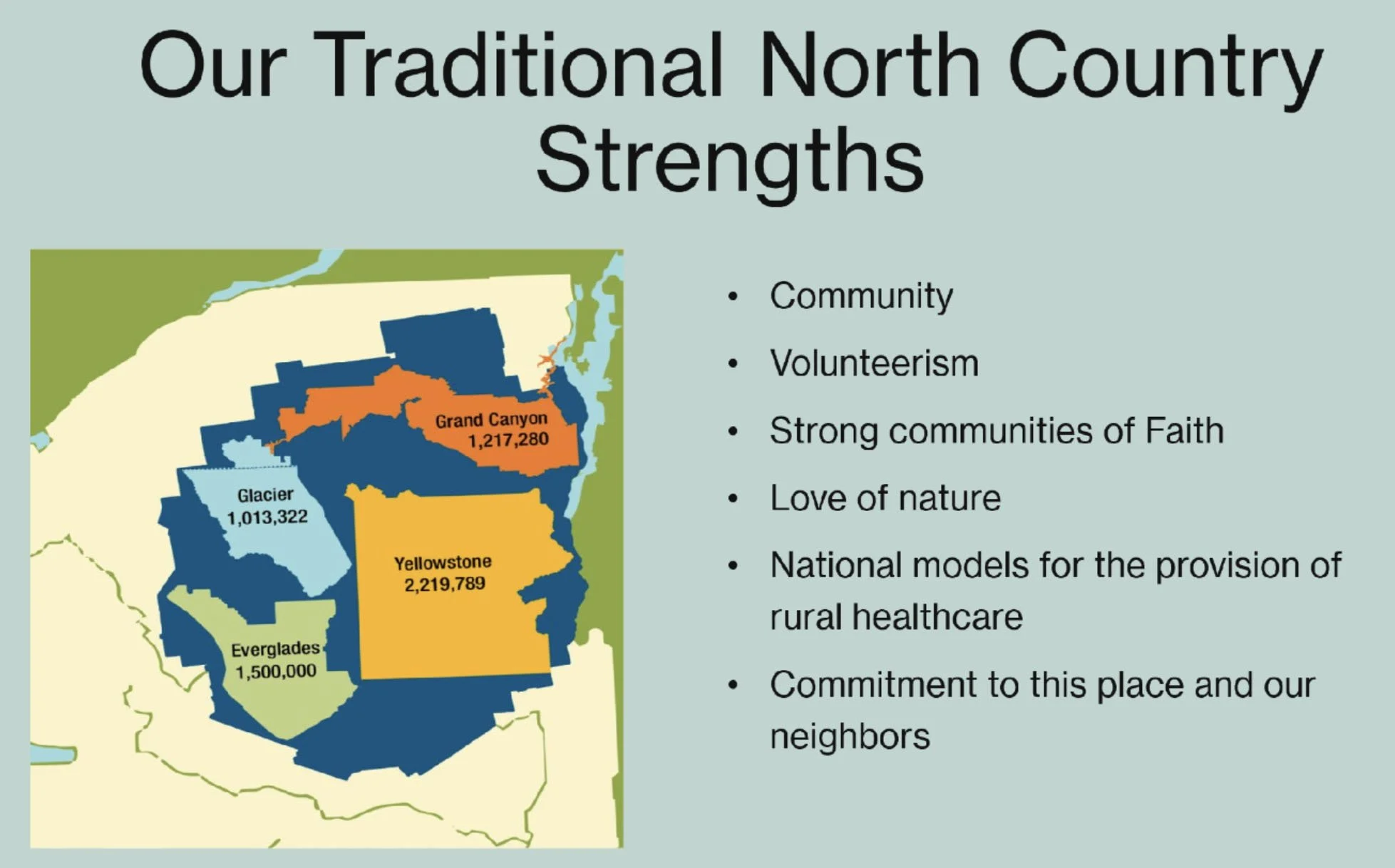
On July 4, 2025 HR1 was signed into law, cutting Medicaid by $909 billion over the next 10 years. SNAP (food stamps) will also be cut resulting in total cuts to both programs of almost $1.1 trillion The cuts will affect every American, wealthy or poor, regardless of political beliefs, regardless of their health insurance, in every state. In the 10 counties of the North Country, we have 608,000 people. 170,000 (28%) people are on some form of Medicaid. 47,000 will lose their insurance. Many others will have much higher premiums for their health insurance with higher deductibles, co-pays, and medication costs.
As noted on our “Facts” page there are many different names for Medicaid and Affordable Care Act programs in New York State: Medicaid, ACA/Affordable Care Act , the Marketplace, Qualified Health Plans, the Essential Plan, , Obamacare, CHIP/Child Health Insurance Plan, WIC/Women and Infants Care, Dual-eligible Medicare&Medicaid. Many participants don’t realize that all of these will be affected by the cuts to Medicaid. Many others will lose tax credits that made health insurance affordable for them.
Preserving Healthcare in the North Country
There’s more. The enrollment period will be cut from 12 weeks to 6 weeks. Recertification and re-enrollment may be required twice a year. There will be no automatic re-enrollment. There will be no forgiveness for late documentation. Late premium payments may result in termination of coverage. Verification of work and income may be required twice a year. Unpayable medical bills will no longer be kept off credit ratings,
There is $4 million allotted to each state to prepare for these changes. For the state government and 62 county governments that administer Medicaid. There are NO funds for additional funds for additional staff already understaffed county Medicaid offices. Next year New York State will receive $10 billion less in Federal funding. Providers will receive $3 billion less.
The executive and legislative branches of New York State government are working diligently to keep as many people as possible insured. We have a proud record in this state of having achieved the equivalent of universal healthcare with uninsured levels under 5%. This will be undone and levels may rise to 15% or more over the next several years.
At least 450,000 people will lose their health insurance in New York State in 2026. One half of these will be small business owners and working people earning more than $62,000 a year who will not be able to afford $24,000 premiums for a family of four. They will likely gamble on continued good health. If they get sick, they will delay seeking care. When they are so sick that they can no longer delay care, they will go to the emergency room. Emergency Rooms treat everyone without asking whether they have insurance or what they earn. Waits will be longer for everyone. Hospitalizations will be more frequent and longer. There will be more uncompensated care, resulting in staff cuts or reduced services or even closure of hospitals, affecting everyone.
In the North Country nine of our 15 hospitals are small critical-access hospitals with less than 25 beds, highly Medicaid dependent, and supported by special payments that are also being radically cut. It is likely that many of these will close. This will make trips to the nearest hospital, emergency room, or clinic much further and longer by ambulance or car, especially in wintery conditions. Imagine what that means for a woman in labor or a person with chest pain.
In November 2026, after the next general election, everyone on Medicaid will be required to prove that they are working at least 80 hours a month. The details remain undefined. The nonpartisan Congression Budget Office predicts that ½ of the 10 million people who will lose their insurance because of HR1, will lose it because of “unachievable and undocumentable” work requirements.
What we can do now is limited. We need to encourage our families, friends, and neighbors to go to the Medicaid enrollment site on the Internet if possible or in person and to seriously look at what options are available as they see how high their premiums are going. In addition people need to start collecting documentation of pay, work hours, volunteer hours, school hours, hours spent caring for dependents. It is likely that these will be required next year for re enrollment or initial enrollment
New York State is highly urbanized. Fewer than 12% of NY citizens live in the 83% of our state that is rural. The Healthcare Coalition for the North Country is committed to keeping the State government aware of the different and special needs of rural residents, and counties, towns, villages and hamlets. The solutions to our unique needs will come from making our voice heard, identifying new and less expensive ways of providing health care in, listening to our neighbors, and working together.


